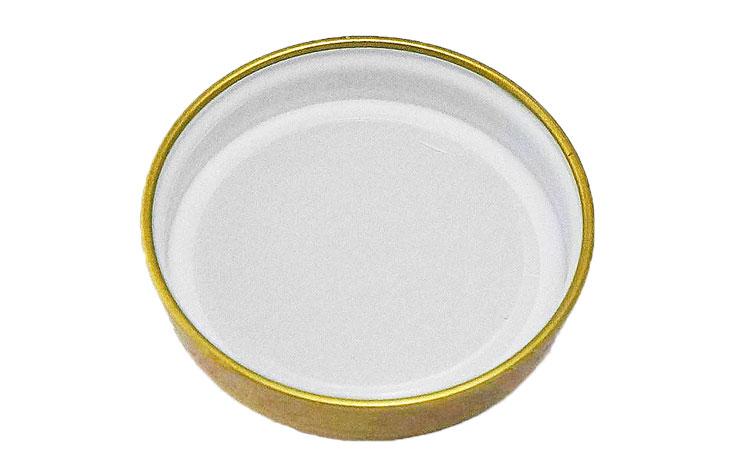Back
Share
TPE Compounds for Plastisol Liners : The Sound of Safety

Plastisol Lined Metal Caps
-
Metal closures are suitable for both industrial and food packaging applications.
-
The closures design for easy opening and closing.
-
The closures provide excellent oxygen barrier protection to help preserve the freshness of your product.
-
The design of the closure is intended to help maintain the shelf life of your product.
-
The closures are compatible with a wide range of products, making them a versatile choice for your packaging needs.
How to Make a Plastisol Liner?
The production process of plastisol caps begins with solid resin material.
The solid resin material is heated until it liquefies and then it is molded around the closure landing to form a seal.
Once the plastisol material is properly sealed, it is cooled to below 60°C and then cured to create a flexible and durable seal. This results in a tight vacuum seal that produces the satisfying "POP" sound when the cap is opened.

Everlon Recommendations : TP-65NSL
Everlon develops high performance TPEs that are specifically designed to meet the exacting requirements of various liner applications, including hot-fill, aseptic-fill, and retort processes. Among their products, Everlon TP-65NSL stands out with its exceptional performance, offering a range of benefits such as:
-
PVC-free formulation
-
Recyclable at any step
-
Excellent colorability
-
High flow for long and thin-wall parts
-
Low migration characteristics
-
Offers outstanding oxygen and moisture barrier properties
-
Superior high temperature resistance, suitable for retort-fill process
-
The TPE material bonds well to metal closures
-
Typical applications include nutraceuticals, fruit juices and condiments
-
Comply to FDA regulation





